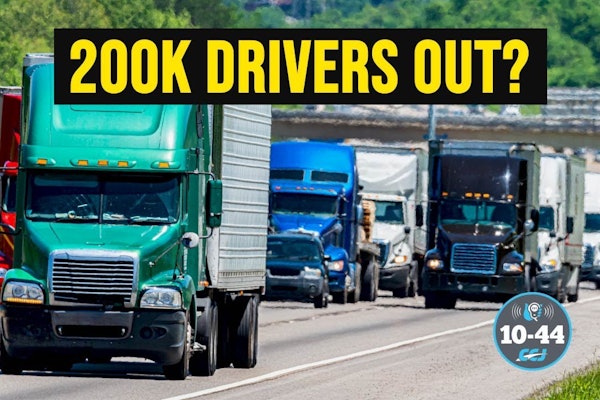Careerbuilder.com, a national job bank, ranked heavy-duty truck driving No. 18 on its list of the top 25 jobs for 2006. The survey, which represents 8 million new jobs and 40 percent of total job growth over the next decade, ranked industries ranging from retail sales to teaching assistants based on their need for skilled professionals.
The long-haul, heavy-duty truck transportation industry in the United States currently is experiencing a national shortage of 20,000 truck drivers, the American Trucking Associations reported in its U.S. Truck Driver Shortage: Analysis and Forecasts issued in 2005. The forecast, a report on the present and future of the long-haul truck driver pool, predicts the shortage of long-haul truck drivers will increase to 111,000 by 2014 if current demographic trends stay their course and if the overall labor force continues to grow at a slower pace.
“The trucking industry continues to face a significant shortage of qualified drivers,” says Bill Graves, ATA president and chief executive officer. “If this population fails to grow, the freight transportation market faces a more uncertain future.” ATA’s leadership in October tasked the organization with developing a national campaign to highlight the value of working in the trucking industry while also recruiting new professionals. ATA will preview its campaign in February at the Winter Leadership meeting Feb. 12-15 in Tampa, Fla.; part of the campaign’s goal will be to offset current demographic trends that are limiting the industry’s work force.
ATA says if current demographic trends continue, the supply of new long-haul heavy truck drivers will grow at an annual rate of just 1.6 percent in the next decade. But Global Insight, the economic consulting firm conducting the study for ATA, predicts over the next 10 years, economic growth will generate a need for a 2.2 percent average annual increase in long-haul heavy truck drivers, or 320,000 jobs overall. Another 219,000 must be found to replace drivers ages 55 and older who will retire in the next decade, putting total expansion and replacement hiring needs at 539,000, or an average of 54,000 new drivers per year for the next decade.






